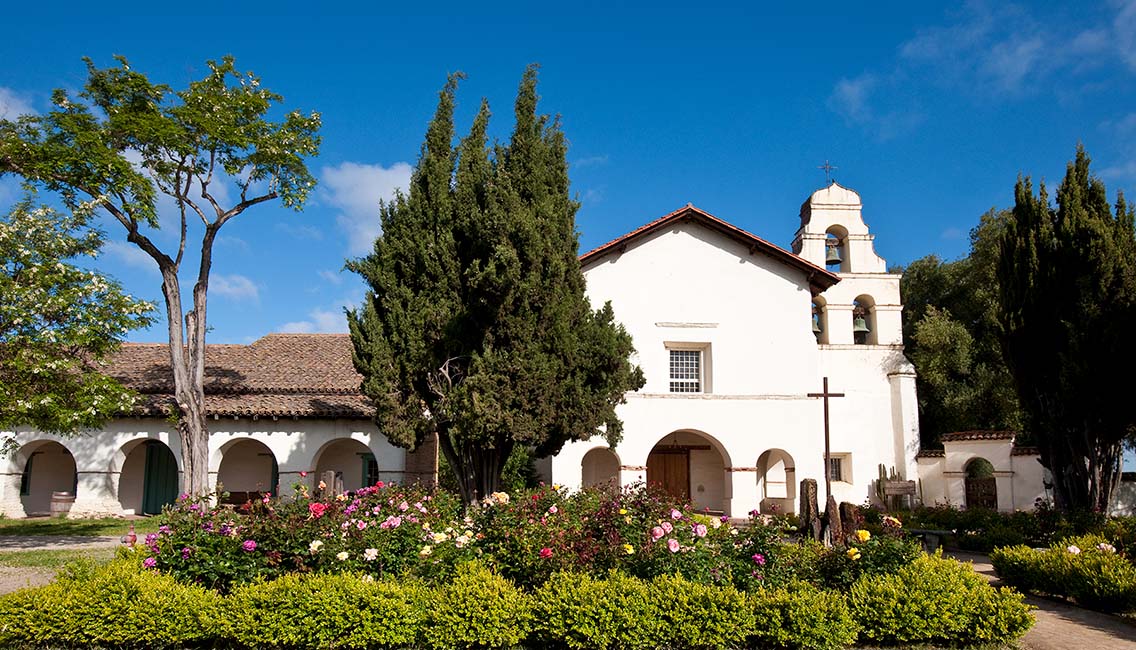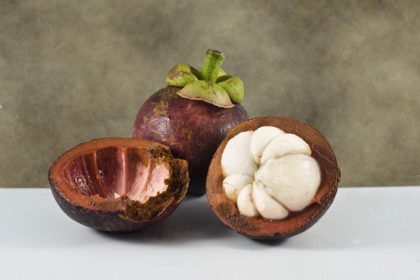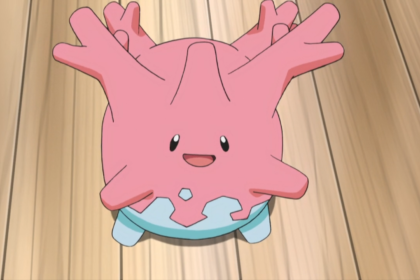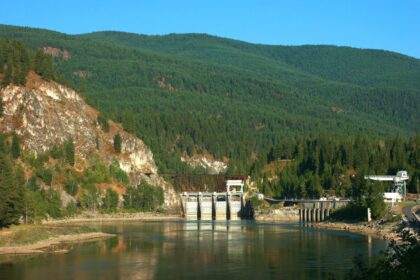San Juan Bautista (Spanish for “Saint John the Baptist”) is a city in San Benito County, in the U.S. state of California. Take a look below for 15 amazing and interesting facts about San Juan Bautista, California, United States.
1. The population was 2,089 as of the 2020 census.
2. San Juan Bautista was founded in 1797 by the Spanish under Fermín de Lasuén, with the establishment of Mission San Juan Bautista.
3. Following the Mexican secularization of 1833, the town was briefly known as San Juan de Castro and eventually incorporated in 1896.
4. Today, San Juan is a popular tourist destination, as the home of the San Juan Bautista State Historic Park and other important historic sites, as well as cultural institutions like El Teatro Campesino.
5. Prior to the arrival of Europeans, the area around San Juan Bautista was populated by the Mutsun, a tribe of the Ohlone Nation of Indigenous Californians.
6. The Mutsunes lived in villages in the area around San Juan Bautista, in settlements composed of thatched huts made of willow and native grasses.
7. In 1797, the Spanish Franciscan priest fray Fermín de Lasuén founded Mission San Juan Bautista to facilitate the conversion of the native people to Catholicism; in the process, he claimed the land for the Spanish Empire.
8. Lasuén chose the site because of the area’s fertile cropland, steady water supply, and sizable Indian population. At its height, the Mission had over 1200 neophytes living within its walls.
9. The mission churchyard holds the remains of about 4500 Indians.
10. Construction of the current mission church began in 1803, and has served the community continuously since 1812.
11. The mission was located on the Camino Real, a “royal highway” which connected the California missions and which remained well-used until the 19th century.
12. In 1821, Mexico revolted against Spain, winning independence for itself, and making California a province of the newly independent Mexico. By 1834, a town known as San Juan de Castro has sprouted up around the mission. It drew its name from the town’s prominent alcalde José Tiburcio Castro. In 1834 the mission was secularized, and Castro appointed executor of the property.
13. Accordingly, he divided and auctioned off the former mission properties. His son, José Castro, built the Castro Adobe on the south side of the Plaza de San Juan in 1840; however, Castro’s frequent involvement in government kept him from spending much time there. Castro was a key member of the overthrow of governors Nicolás Gutiérrez in 1836 and Manuel Micheltorena in 1844.
14. After defeating Micheltorena and his ill-equipped army, José Antonio Castro was appointed Comandante General of California, in charge of the Mexican Army’s operations in California. From San Juan Bautista, Castro ordered the army against potential foreign incursions. He kept especially close watch over the movements of John C. Frémont, an American military officer who had been let into California to conduct a survey of the interior.
15. Though given explicit instructions to stay away from coastal settlements, Frémont soon broke the agreement by taking his team to Monterey, a potential military target. When Castro told Frémont he would have to leave the country, the situation came close to war when he obstinately refused to leave and instead set up a base on Gavilán Peak, overlooking the town of San Juan. However, fighting was avoided and Frémont, grudgingly, withdrew.




